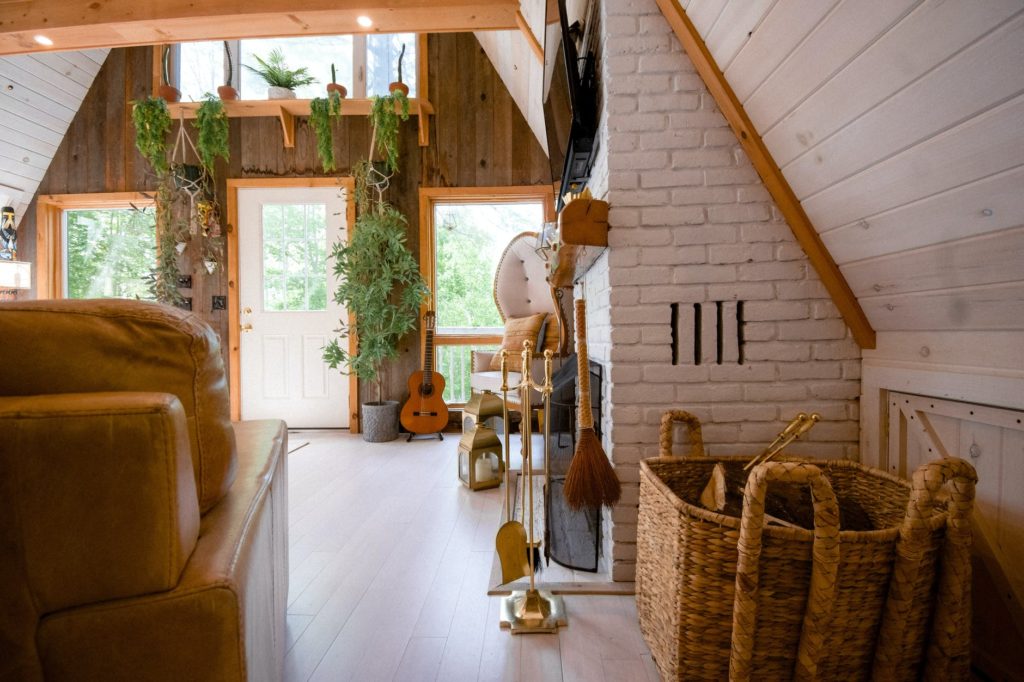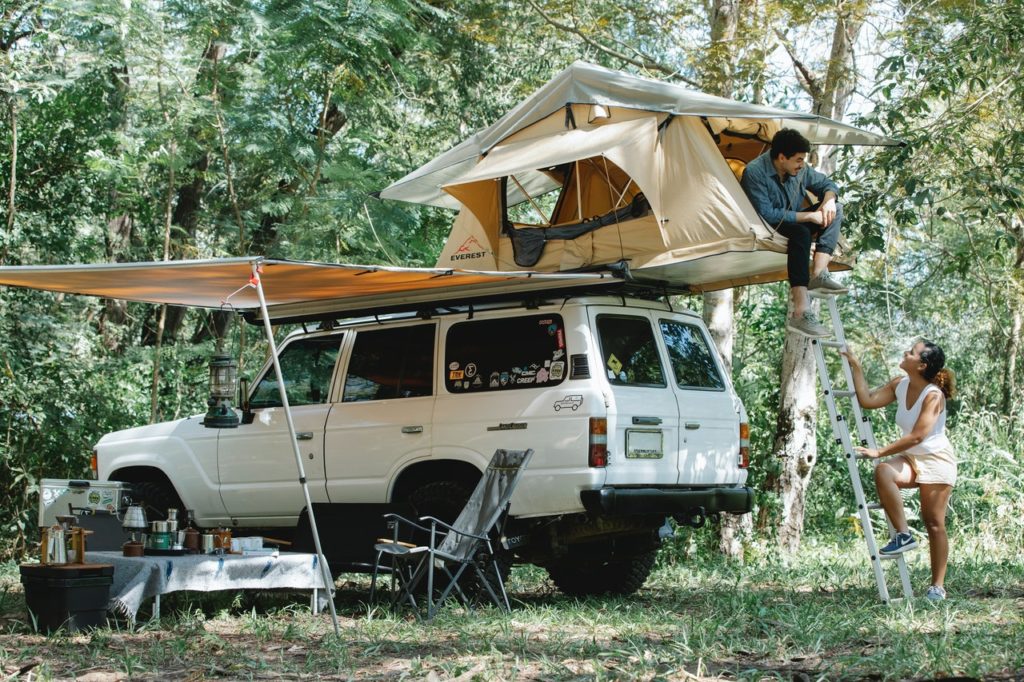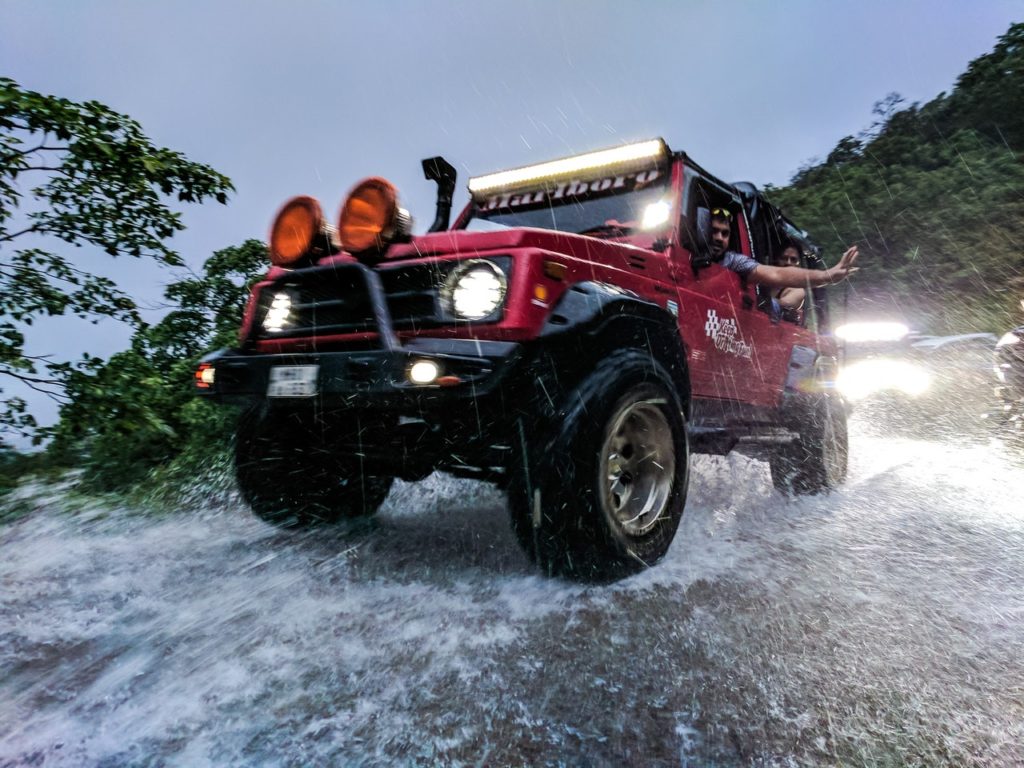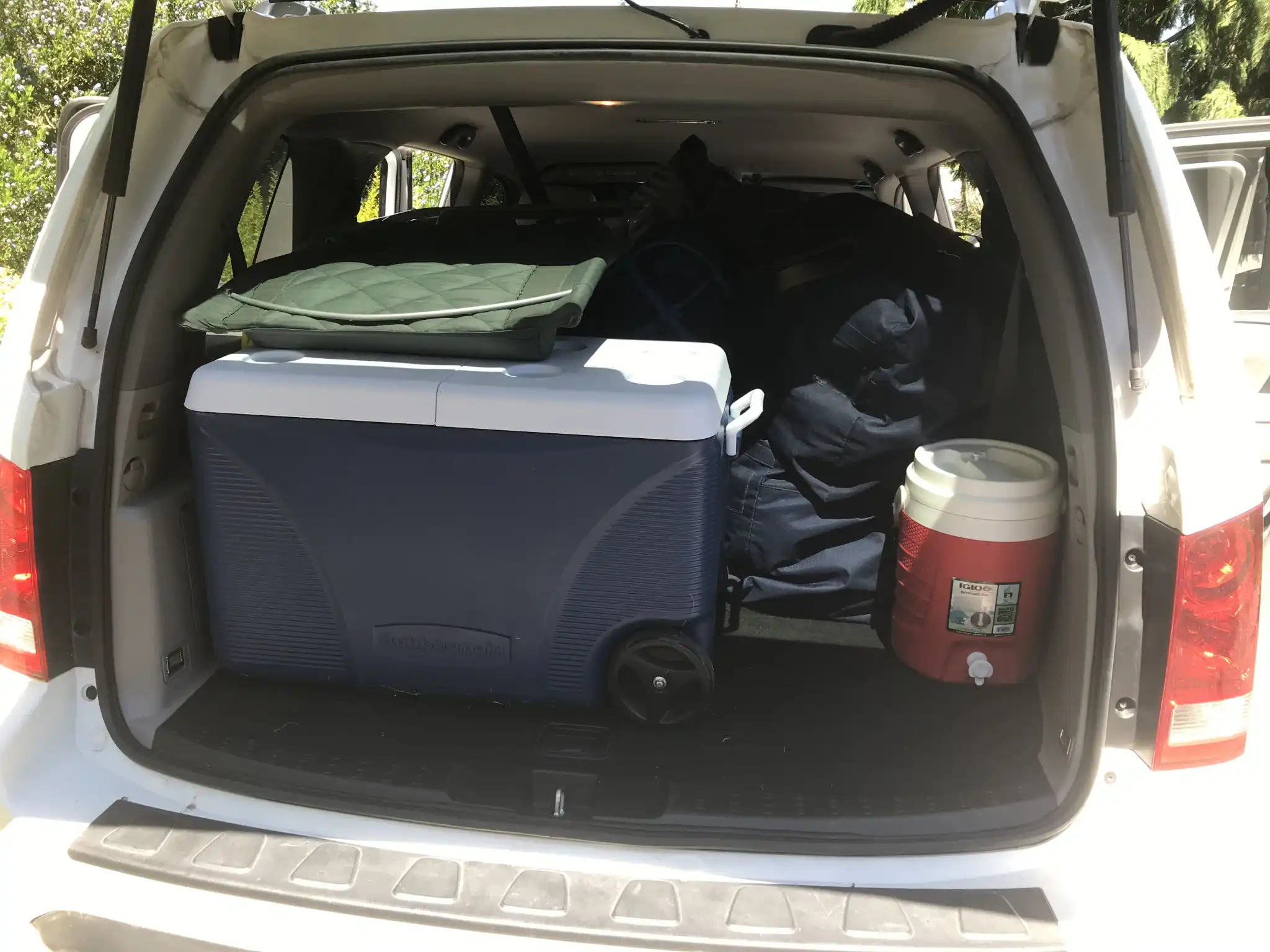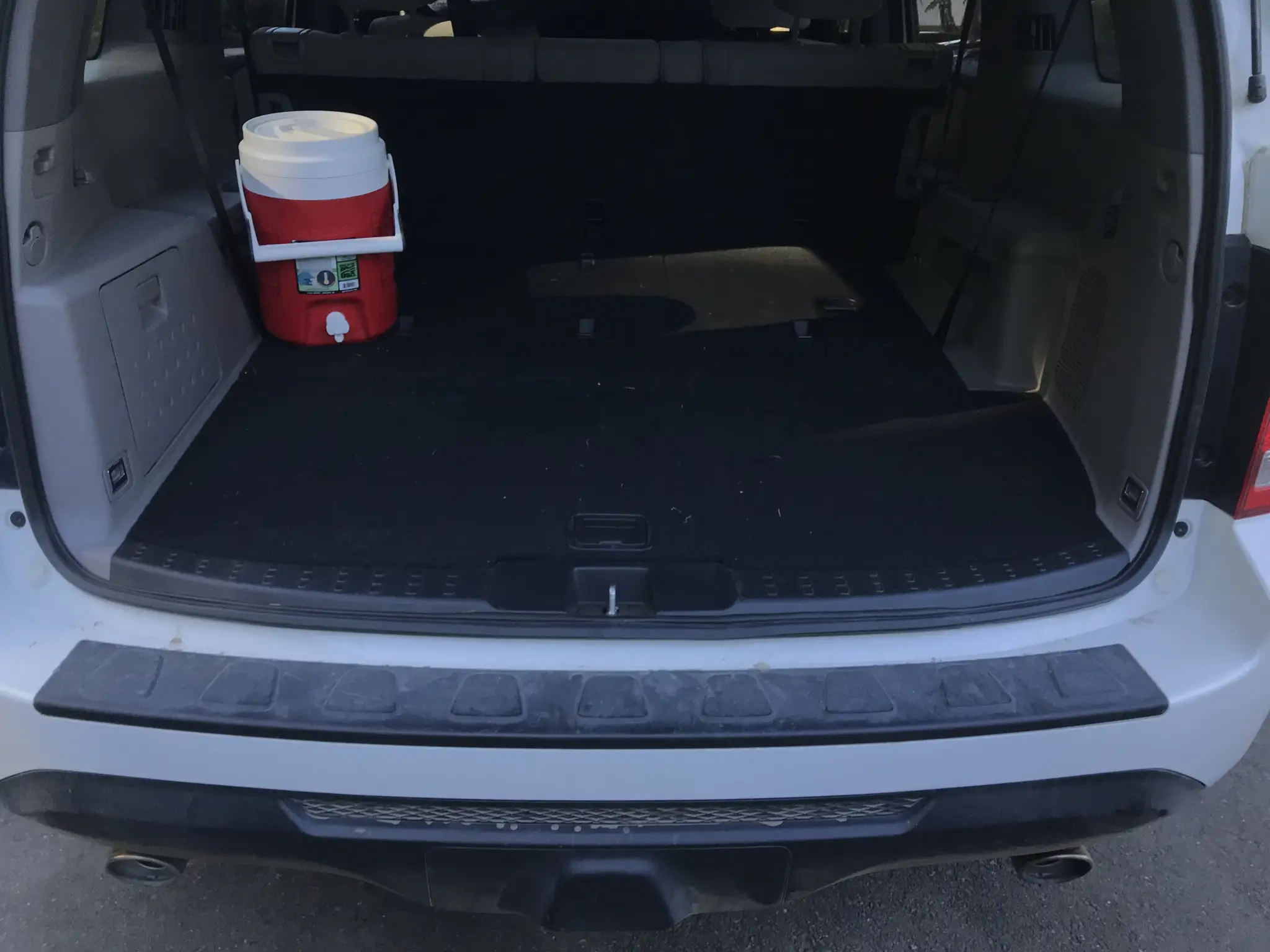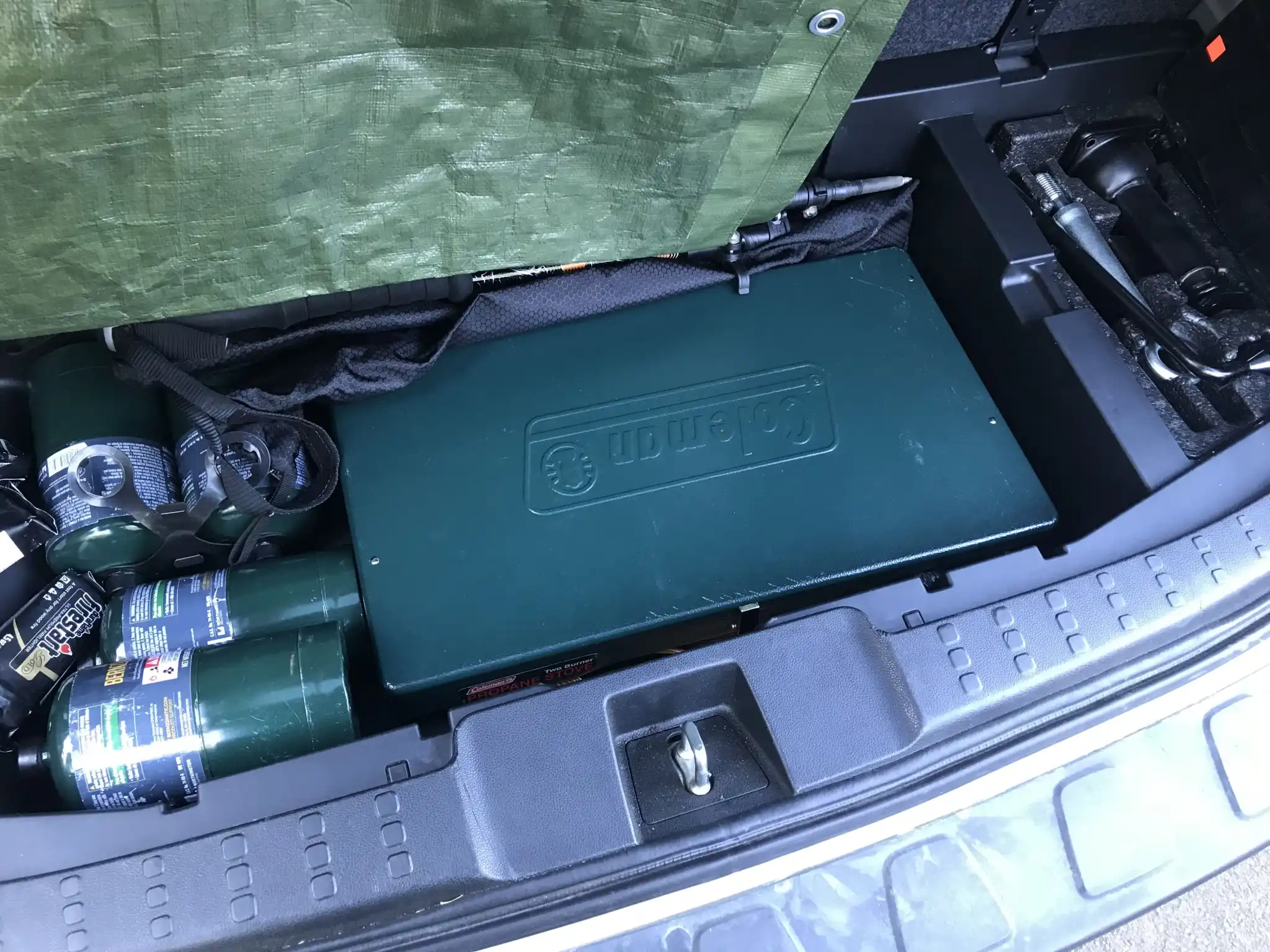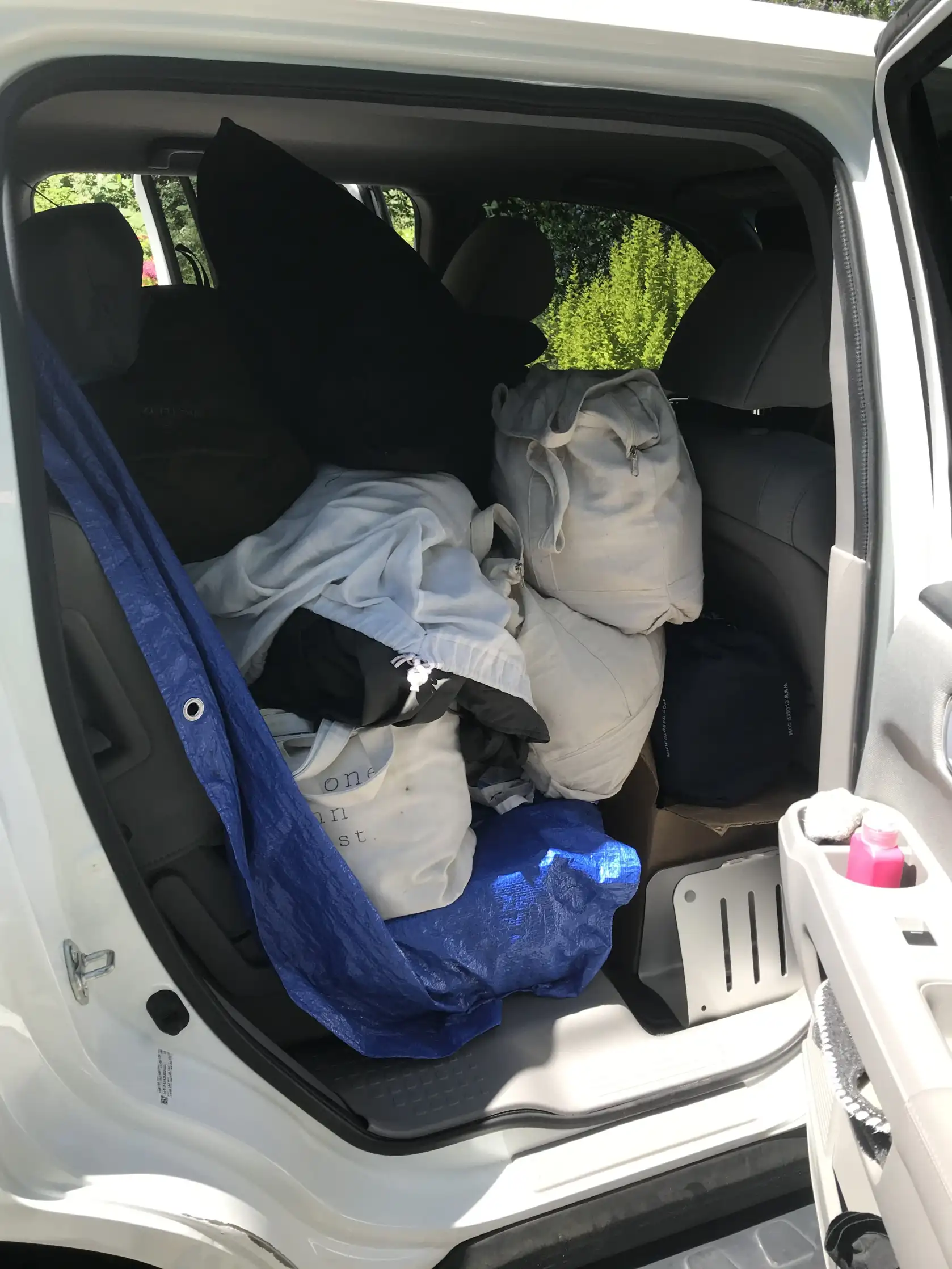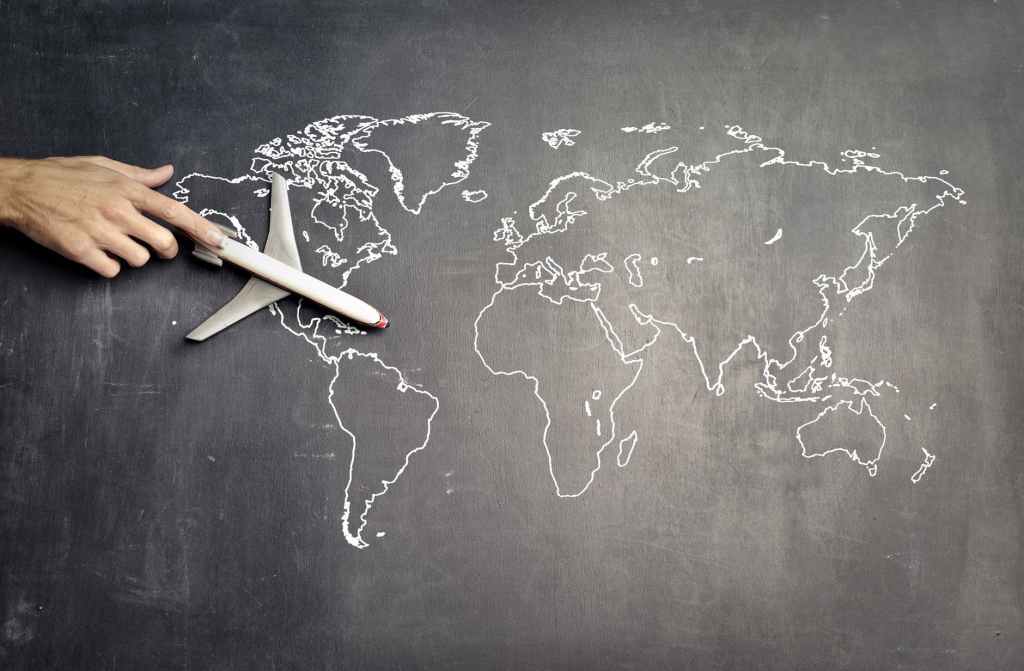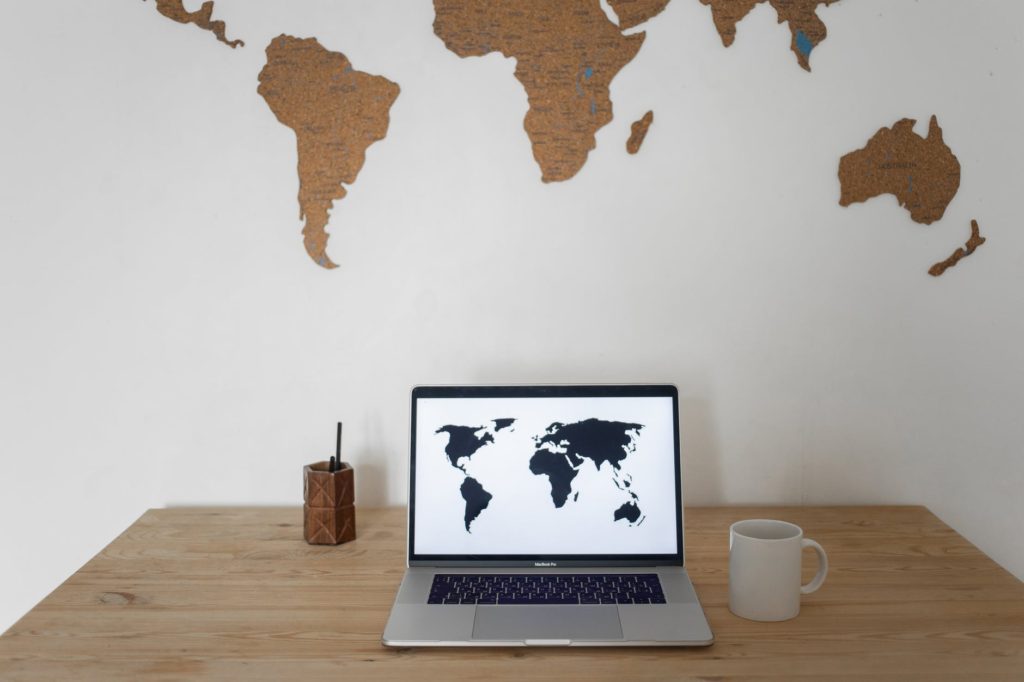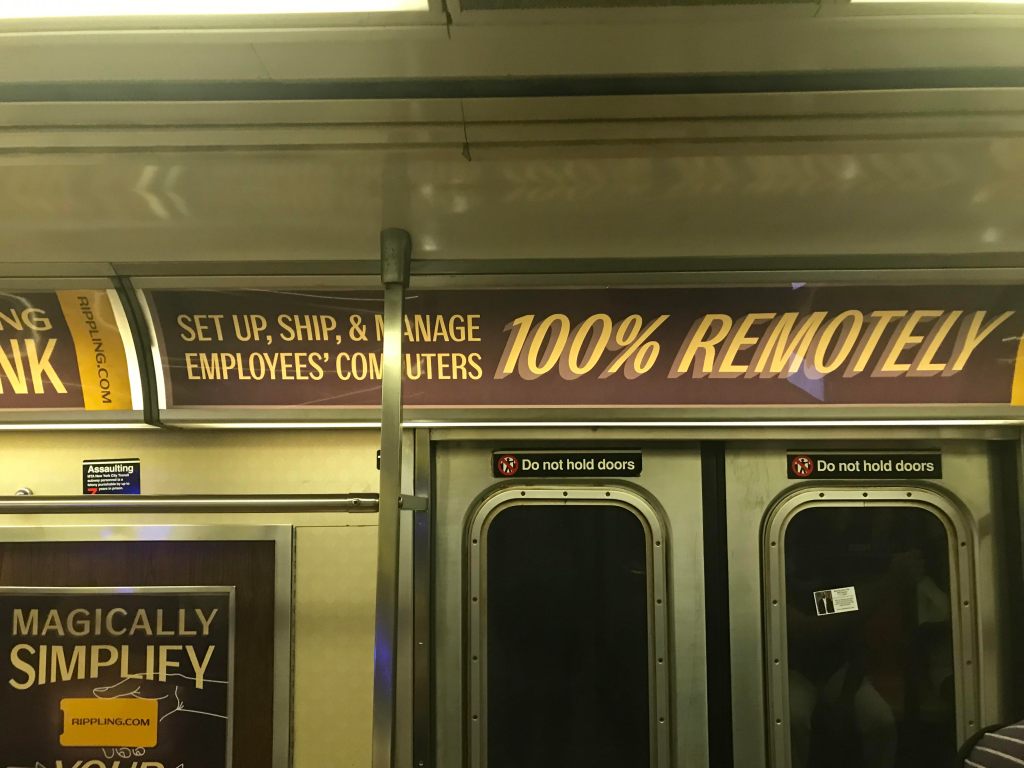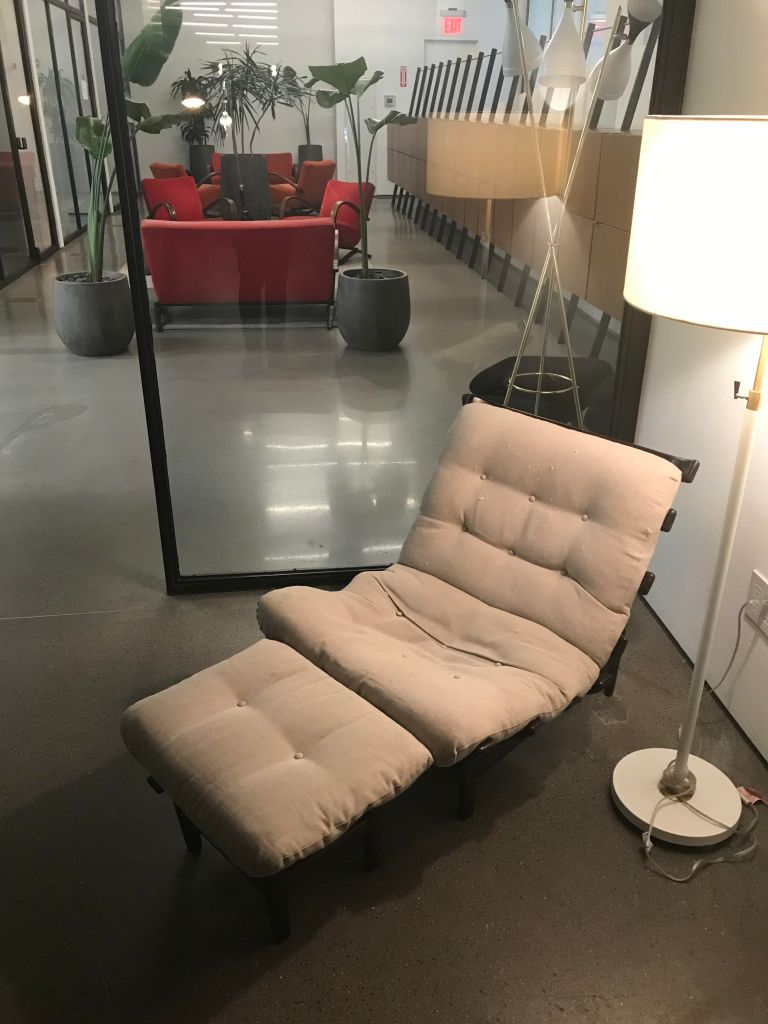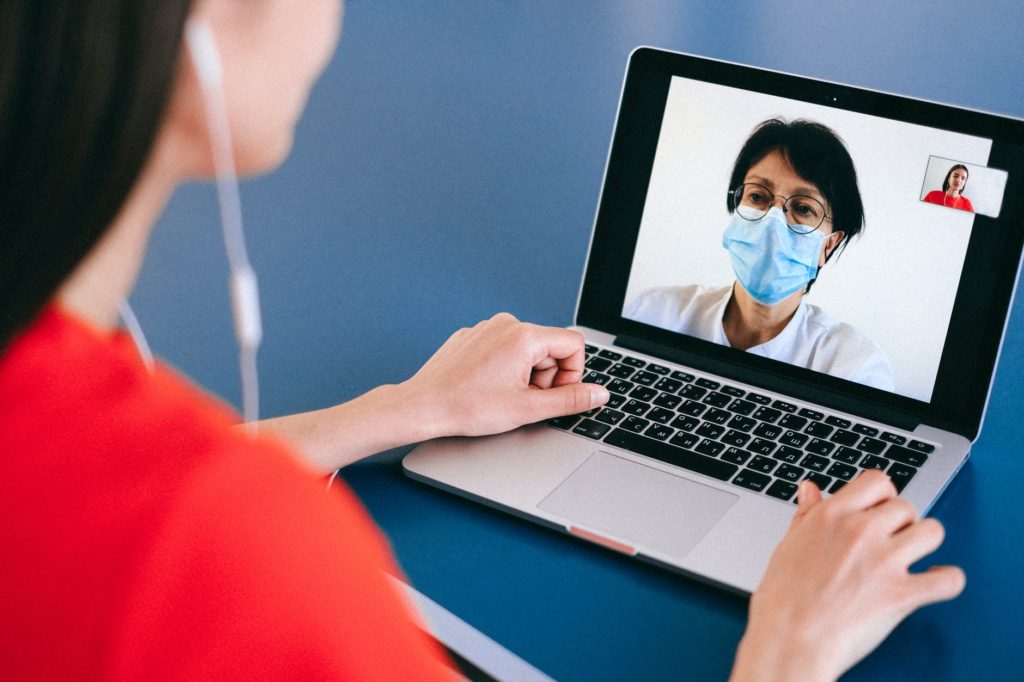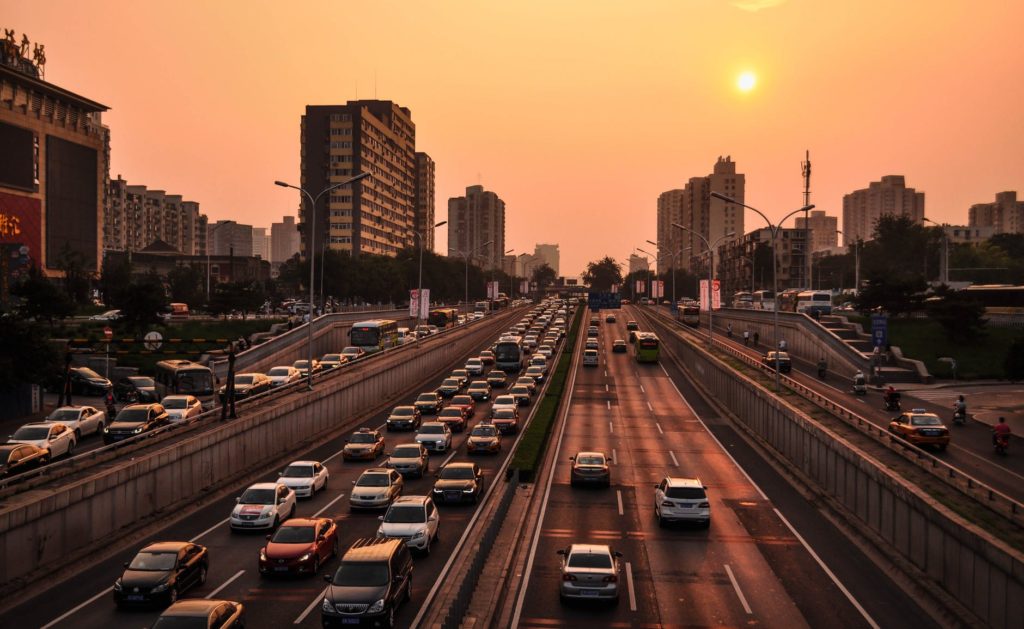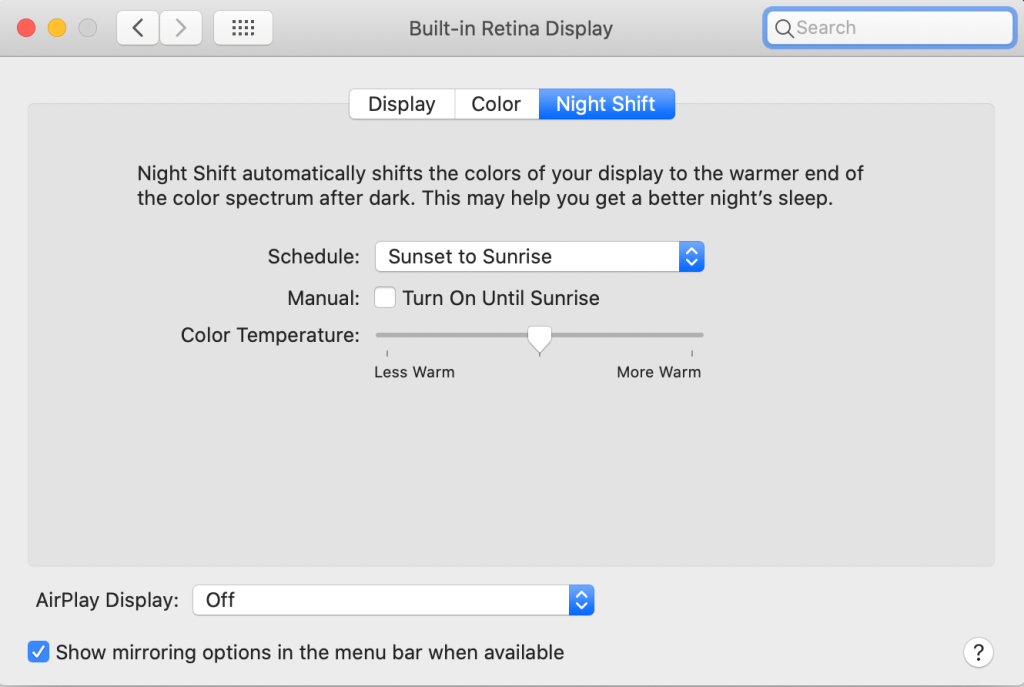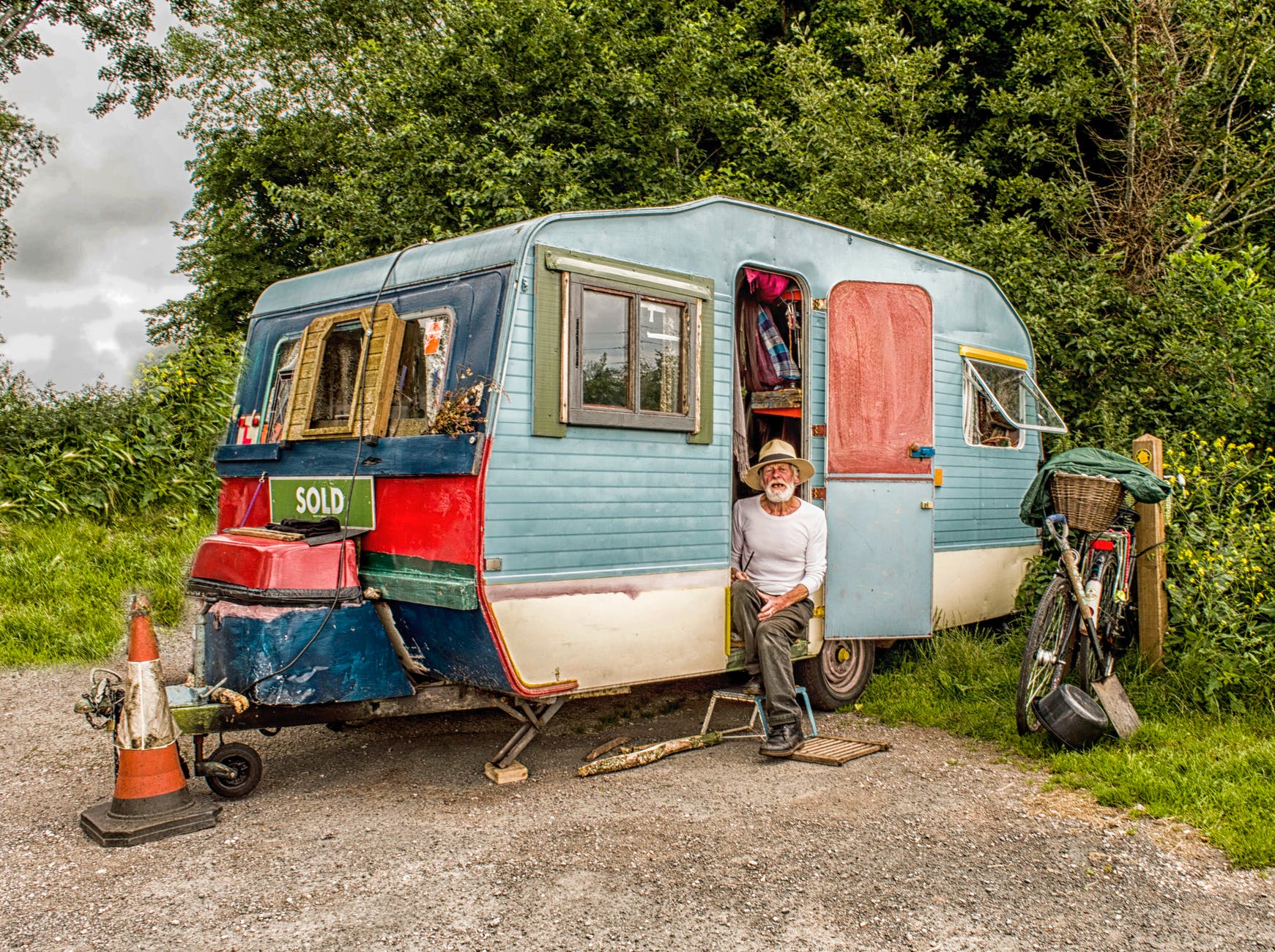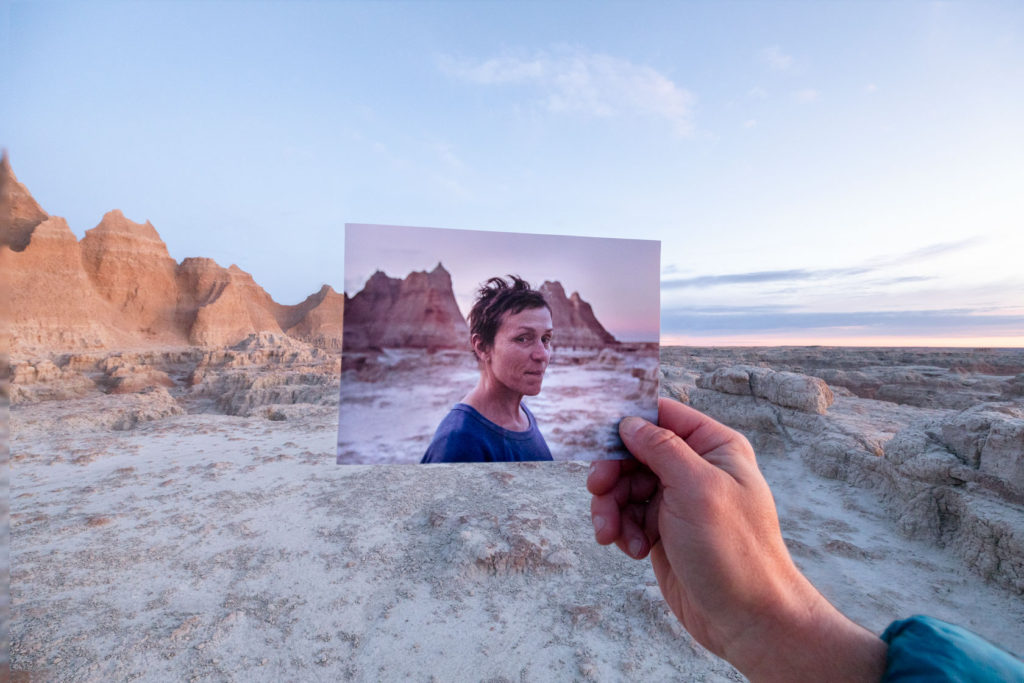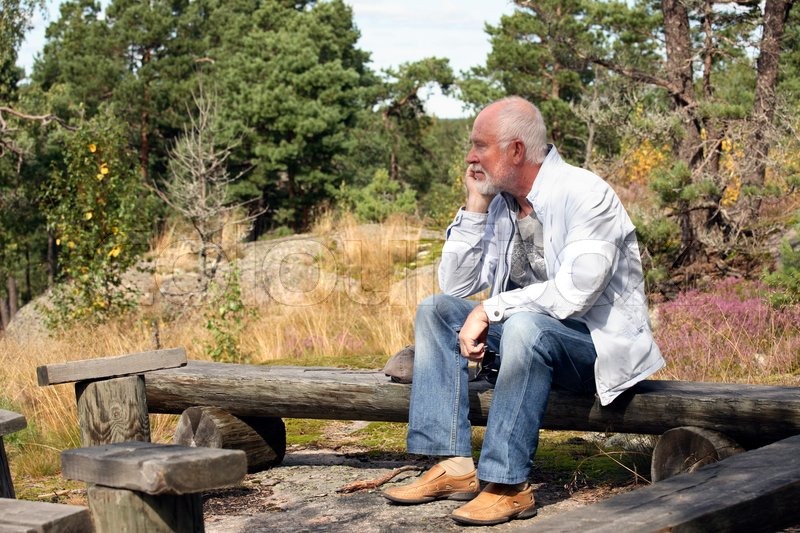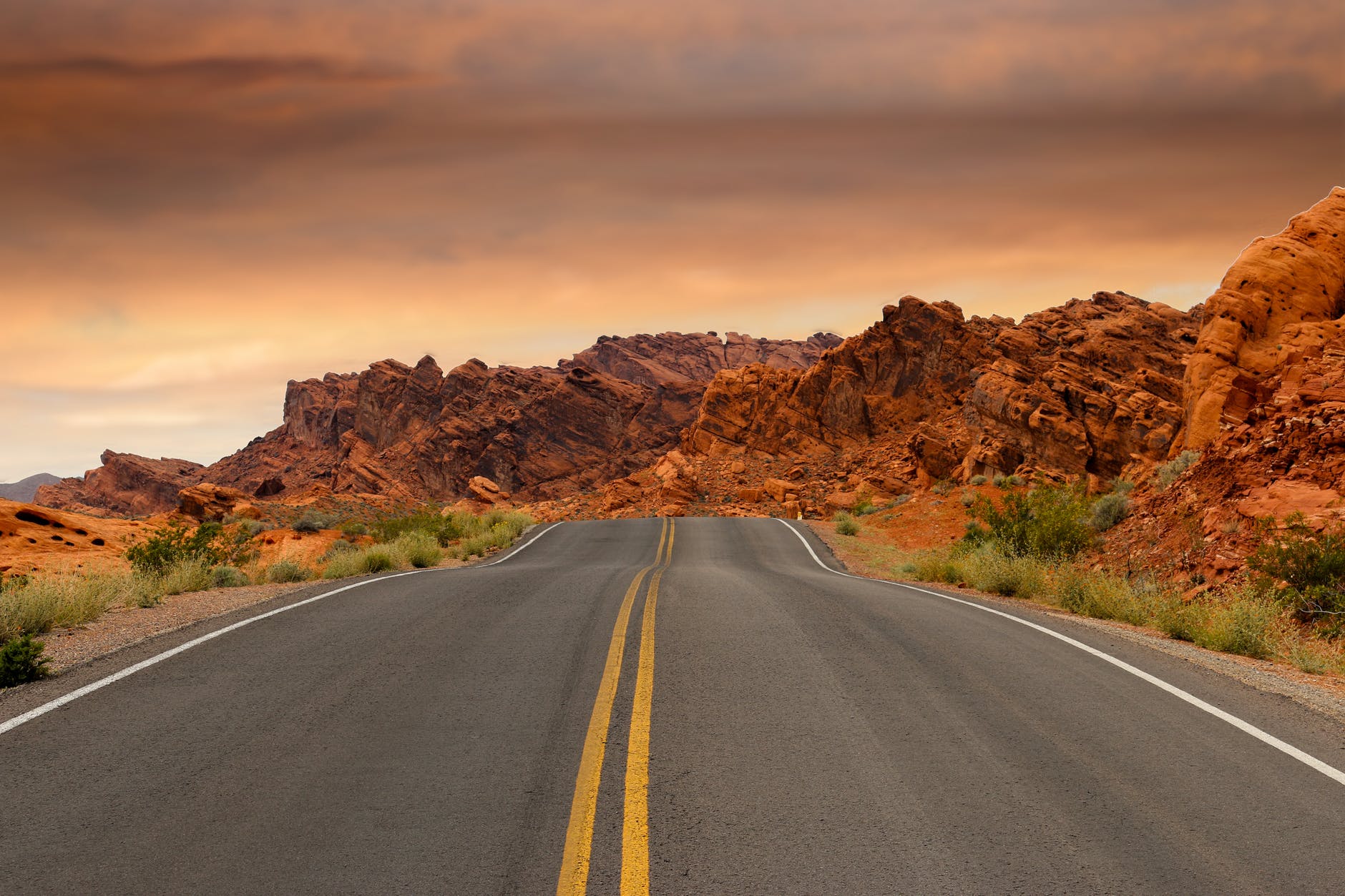DISCLAIMER: This article represents my personal views and not those of my employer or any affiliated organizations.
Katy Read of The Star Tribune suggests, “The next time you hear someone say they think poor people are lazy, hand them a copy of Maid. Stephanie Land can tell them otherwise and, unlike most authors who write about poverty, speaks from personal—and recent—experience.”
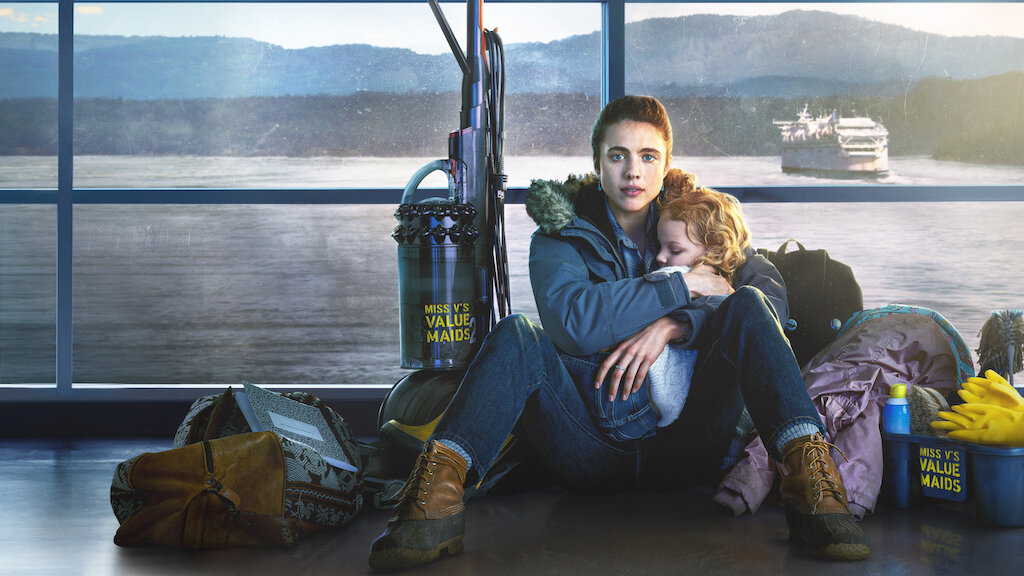
Why “Maid” Matters
The “Maid” show on Netflix is a dramatization of Stephanie Land’s real life experience in her 2019 autobiography, “Maid: Hard Work, Low Pay, and a Mother’s Will to Survive“.
Poverty is more common than you think. Most of 53 Million Americans working in low-wage jobs are adults in their prime working years, or between about 25 to 54. Their median hourly wage is $10.22 per hour.
People may be silently struggling around you. You don’t need to be poor to drop below the poverty line. We cannot sort poor people off to the sidelines, they are among us.
Ask yourself – Are you a virtuous person? Do you donate to a charity, and then ignore the beggar on the street?

Coming of Age in Poverty
I spent much of my childhood hearing my parents reel in fear of not being able to pay bills, whether we’d lose our Medicaid, and how I and my brother would get to college. Many “services” specifically cater to the working poor, and many businesses prey on them.
The Dollar Store features prominently in “Maid”. It has become a place people don’t just stop by for odds and ends. Family Dollar, Dollar General, and Dollar Trees dominate underserved communities around the U.S. This used to be my mother’s favorite store. This also works to patch up any food they didn’t get from the food pantry / food bank. In the way that they saturate the market, dollar stores rank with payday loan lenders as predatory services that exploit the working class, and shut out competitive small businesses.
People who receive welfare, food stamps and Medicaid/Medicare are not “lazy”. Welfare offices are also a more common experience than you think. Like Alex’s assigned agent, social workers are at their wits edge from dealing with the sadness and anger of the working poor. They hear the same stories every day. Considering the meager resources they’re given to distribute, they don’t know how to help.
Social service candidates are asked to produce a bevy of documents to verify their needs. It becomes a catch 22 when, if you don’t have a job, you become ineligible for things like rental assistance. If you receive unemployment insurance, you lose it if you take a part time job. This is considered to be the same as full-time employment.EBT/Food stamps are not addressed in “Maid”, but work in a similar way. Considering much of the working poor work 2 jobs, this becomes extremely problematic.

The Working Poor / Low Wage Labor
Have you ordered food from a takeout app, taken a ride sharing service, or ordered a home cleaning service in the past month? You are a participant in the low wage economy. There’s no transparency into how these workers are paid.
The concept of “the working poor” is specific to America. The low wage labor system has been in place for centuries, but it continues to evade the grasp of social reforms. It even camouflages itself.Alex’s experience is also common (working her under full-time so they don’t have to pay full-time benefits, and making you pay for supplies and uniform). It’s popular to think that low wage workers are just “social dropouts” or “slackers” who deserve what they get. Movements which come about to change the system (such as the recent $15 minimum wage proposal) are shamed as socialism.
One of the biggest lessons of “Maid” is that poverty knows no gender, no color, no age. White poverty is the same poverty as people of color experience, but people of color experience additional layers, which is extremely exhausting. We also see with Regina’s character that Black people also struggle with racial disparities whether wealthy or not. Class struggle is a canvas painted broadly with the rich and the poor.
Reparenting / Dealing with a Mentally Ill Parent
I particularly empathized with Alex trying to provide medical/psychiatric care for a mentally ill parent. Right before the virus crisis started, I had to fly home to Wisconsin to care for my dad, who’d fallen down the stairs at his house. We were unsure if he was mentally competent to care for himself. Since my father has had bipolar disorder all his life, it was hard to tell.
We would’ve had to prove him incompetent in court to get him the care he needed. Without guardianship, the state will not provide care.It wouldn’t be the first time. We had deep concern my brother would spend the rest of his life caring for my father. Luckily, my father has been able to function and take care of himself, but we worry deeply about what we’ll do when he can’t.
We can’t begin to estimate the weight of a child having to “parent their parent”. The “lottery of birth” is stacked against those born to poor, mentally ill, or socially inept parents. This already sets them back several steps. When you add caregiving to that cycle, those kids begin to drop in academic performance substantially. Like mine did in high school.

Paying for College
You’ve likely heard many older people say “I worked my way through college”. That was probably in the era where college costs were actually affordable enough to do so. College costs have risen exponentially in the last few decades.
Instead, we have a crisis of many students trying to work and go to school, dropping out, and never being able to come back. Imagine what it must be like to manage a paid job, full-time college, and an unpaid internship together?
Pell Grants (a low-income government grant) and student loans are the only economic avenue to college for some, even with scholarships. I should know, I received one. Those students often take on loans only because of unrealistic degree requirements – Not just for Bachelors’ Degrees, but for elite, expensive schools.
We must open other avenues to professional careers – Apprenticeships, school-to-work programs, etc. The career system does not allow one to take a semester off, nor does it allow a delay going to college for several years after high school. Read more about how you can help these programs in my article, “Volunteer: It’s About More Than You Think“.

Being a Single Mother
Speaking of career struggles, the world merely tokenizes single mothers. There is so much talk of supporting motherhood in the workplace. However, once a woman has a child, she’s considered a workplace liability. Even in the high-flung white collar world, we see a lot of deliberate hiring and promotion of women under 30, in companies’ avoidance of paying our maternity and childcare leave. Extremely unrealistic expectations are placed on single mothers.
My mother was a childcare worker, a teacher, a nanny, and later an elder care worker. Divorce split our family and my parents’ incomes in half. As she inched closer to retirement, her options got fewer and fewer. She took on nanny work on the side from her daycare parents. Similar to Alex’s situation, this could have gotten her fired. It was not out of a desire to cash hoard, but out of desperation to meet her bills.
In elder care, she was assigned 72 hour shifts. She’d also be constantly on-call, with no extra gas mileage paid between home visits.She had to sleep overnight on the couch (whatever was available) and often caught sicknesses from her ailing patients. She was intentionally kept under 30 hours a week to not pay benefits (like Alex’s job). That’s the plight of the working poor. I still overhear public conversations of people complaining about their care workers (housekeepers, nannies, care providers) and it makes my blood boil.

What Can You Do to Create Change?
Netflix’s “Maid” is a stark reminder of the unseen inequities of the working poor. The general public is blind to it because the media doesn’t cover it. However, much of the middle and upper class also use the service economy and wring their hands of it. Instead of just thinking you’re “doing your part”, why not offer to hire someone with no experience so they can gain it? If you’re not a hiring manager, can you connect someone with a school-to-work program like YearUp? Can you connect a single parent (mother or father) with a Single Parent Scholarship program? Can you refer a mother in crisis to a Women’s Shelter?
The power is in your hands.




